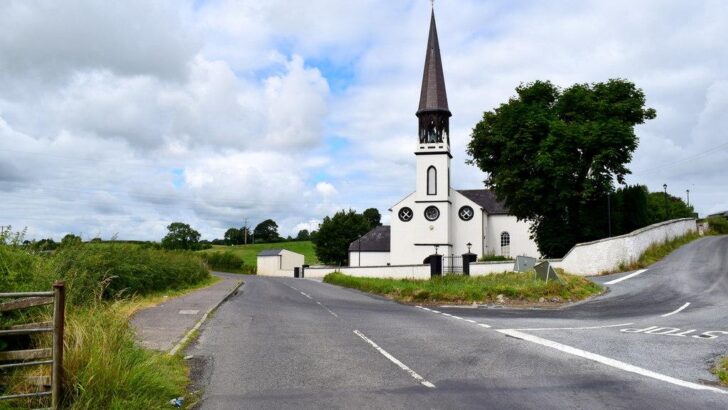April 10, 2024 will be noted in the annals as a significant day for the Church in the west of Ireland, because after almost 900 years the number of dioceses in the province was reduced from six to three. Two years ago, a new bishop was appointed to Galway with responsibility for the diocese of Clonfert. Now the Archbishop of Tuam has been given responsibility for the diocese of Killala and the Bishop of Elphin for Achonry.
History sometimes invites comparisons. The initial establishment of diocesan boundaries in Ireland took place at the Synod of Rathbreasail, in Tipperary, in the year 1111. According to the Annals, there were more than 50 bishops present, “together with 300 priests, and 3,000 ecclesiastics” along with other nobles of the province. The final configuration of the dioceses was made at the Synod of Kells in 1152, with the boundaries almost entirely unchanged since then.
During the 12th Century there were at least 12 national synods in Ireland. Today synodality is on the top of the Church’s agenda, with the plan for some form of national synodal assemblies in Ireland in 2026. Yet a major restructuring of dioceses, or rather mergers, is taking place entirely apart from any synodal process.
When the dioceses were first established in Ireland, it was part of a more general 12th Century Church reform going on across Europe, driven by a series of reforming popes. However, the drawing up of the actual boundaries was left to those actually attending the various synods. They were not imposed by Rome. Rather, Rome accepted the outcome of these local synods.
Now that Pope Francis speaks of a synodal Church, one might expect that the restructuring of dioceses today would be an agenda item for a national synod as it was in the great reforming 12th Century synods. The fact that the restructuring of dioceses is not being addressed in a synodal fashion invites a question about the seriousness of the bishops’ own commitment to synodality.
Although the Archbishop of Tuam mentioned ‘consultations’ having preceded the decision, these were in fact minimal – a brief visit by the Nuncio to the four dioceses concerned – with a small number of selected people and some written submissions. These could hardly be construed as particularly synodal or genuinely discerning processes. The Bishop of Achonry in a letter read at Masses said that the nuncio met with priests representatives and “several” members of the lay faithful in leadership positions- in other words middle-management.
Pope Francis spoke early in his pontificate of a need for decentralisation. Yet, in light of the way the announcement of the mergers was made, it had all the appearances of a decision made at the centre and not at the ‘peripheries’. However, there is no indication that the Irish episcopal conference showed any enthusiasm or took any initiative to deal with the rationalisation of dioceses that was so obviously needed and had been recommended by the Holy See following its Visitations in 2012. Perhaps had they taken the initiative a more imaginative approach to the restructuring might have occurred, engaging the entire country.
The Pope also regularly condemns clericalism. He might add hierarchicalism – of which clericalism is the child. Hierarchicalism – the process or policy of organising as a hierarchy – is characterised by a lack of accountability, the ability to act with impunity and prioritising its own self-preservation. The way in which the announcement of the mergers was made was an icon of hierarchicalism. It appeared rather odd that when the Nuncio chose to make his announcement about the new mergers, he did so outside the two dioceses that were to be most affected, those about to be merged. Adding to the strangeness of the event, only the bishops of the province were present, in full regalia, with no representation, either priests or laity, from the dioceses being merged.
A huge opportunity to show busy, sceptical clergy that the hierarchy means to operate differently, in a synodal fashion, different than before was lost. And so, some clergy and laity will quite rightly discern that the rhetoric of synodality, of consultation and travelling together as Church in Ireland remains largely just rhetoric.


 St Eugene's Church, Glenock
St Eugene's Church, Glenock 